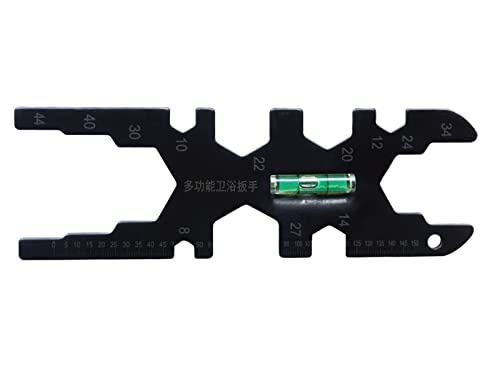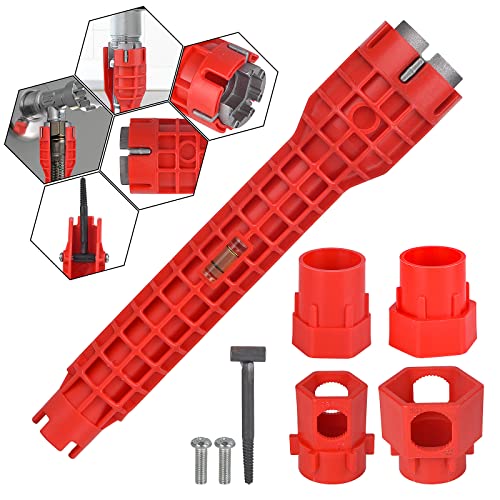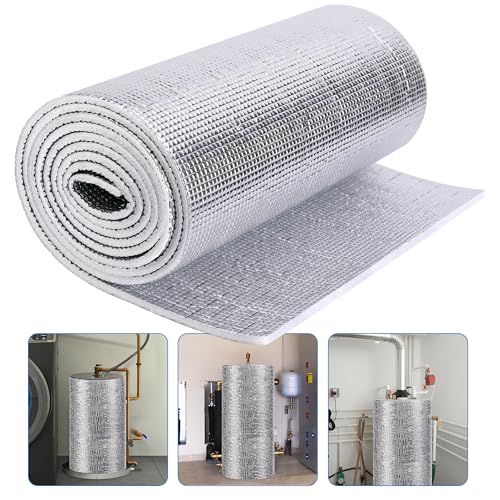Wow! Buy that plumber Dinner!
I'm wondering how does that material from the TET gets in the system if the tank fitting is on top. Most of that stuff would settle to the bottom.
The water flowing through the tee wouldn't cause much turbulence inside the tank to stir it up enough.
Unless maybe the flow is like the right tank maybe.
But there is only one port on the tank so even that shouldn't stir it up that much. unless they are floating particles.

I'm wondering how does that material from the TET gets in the system if the tank fitting is on top. Most of that stuff would settle to the bottom.
The water flowing through the tee wouldn't cause much turbulence inside the tank to stir it up enough.
Unless maybe the flow is like the right tank maybe.
But there is only one port on the tank so even that shouldn't stir it up that much. unless they are floating particles.
























































